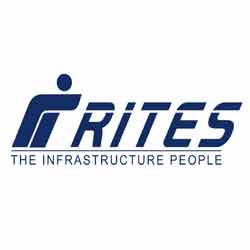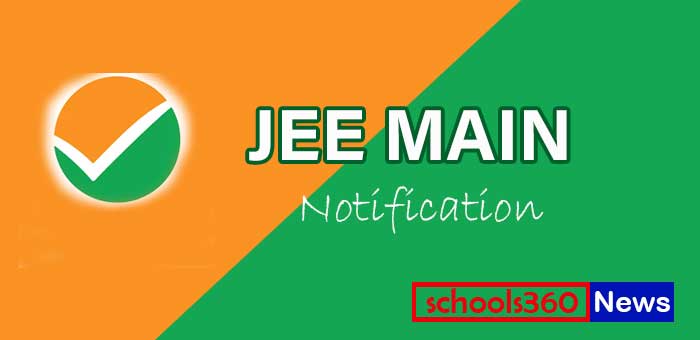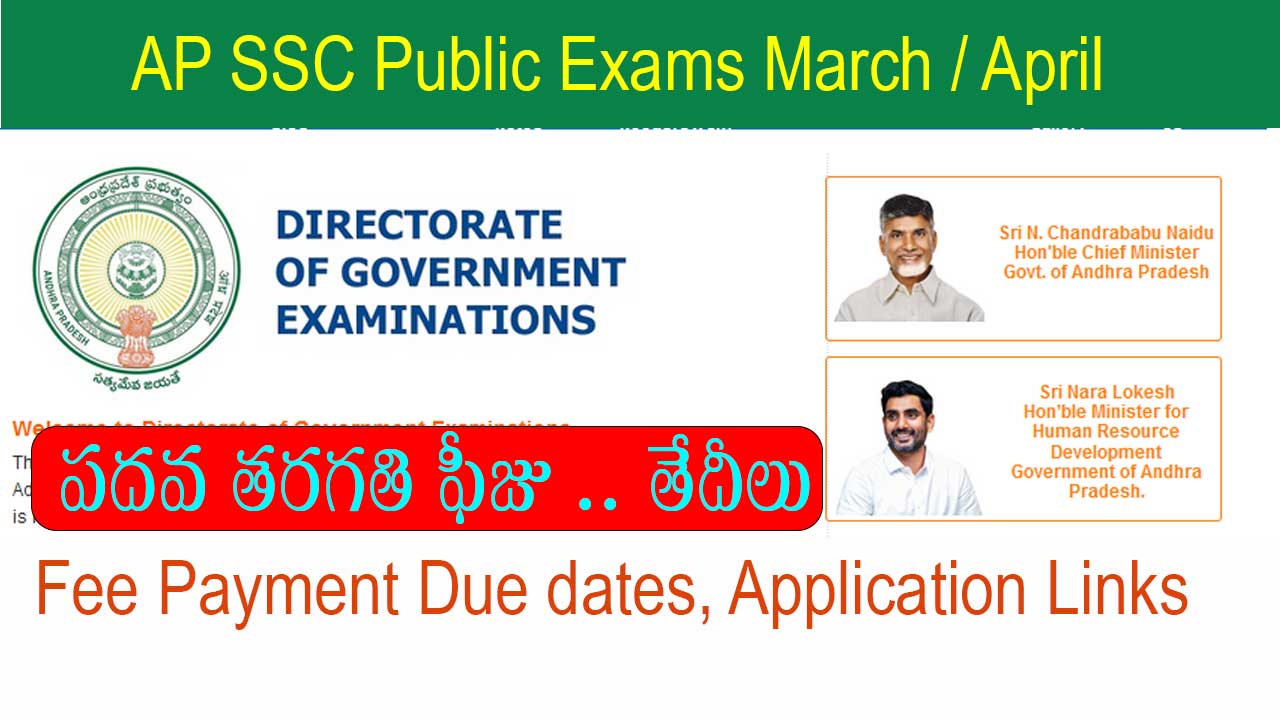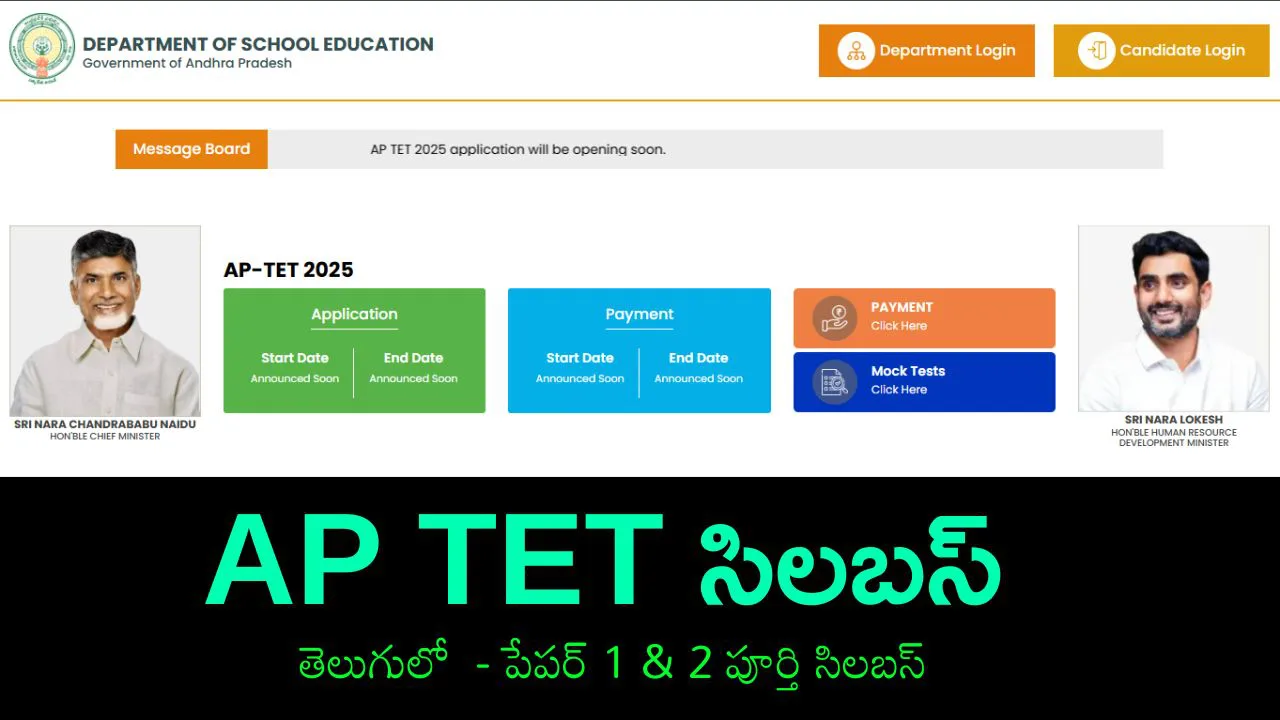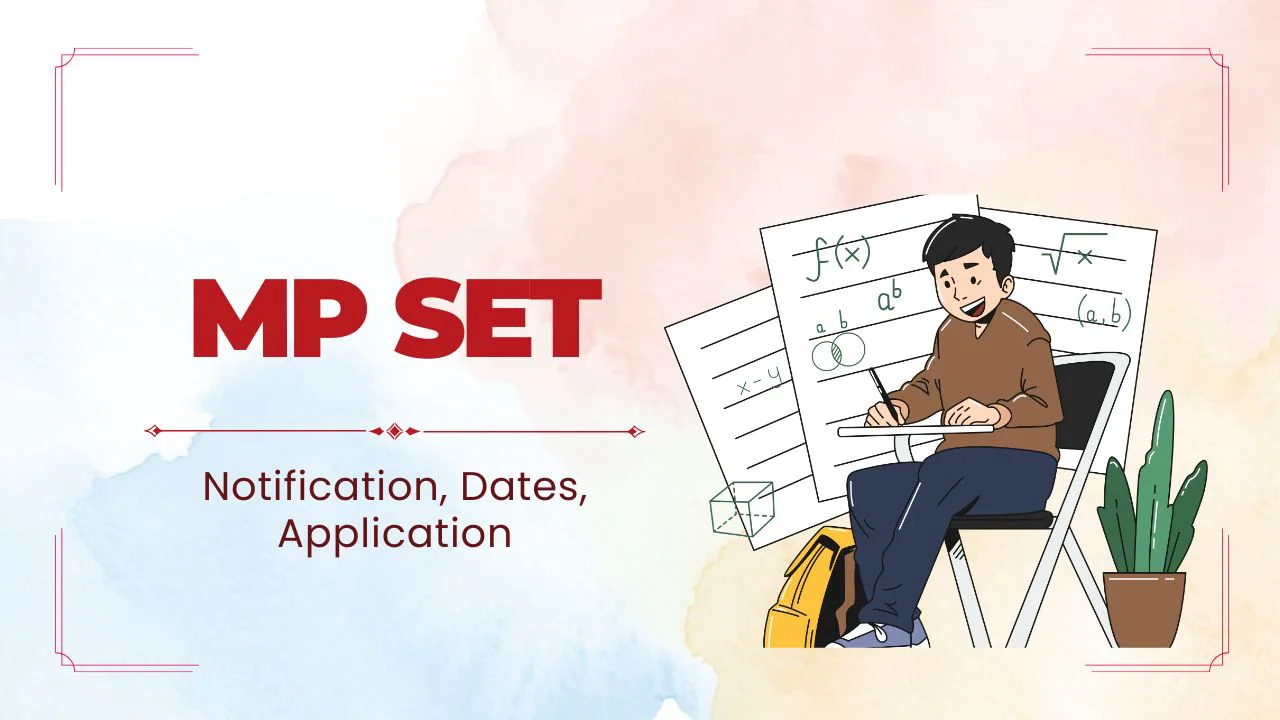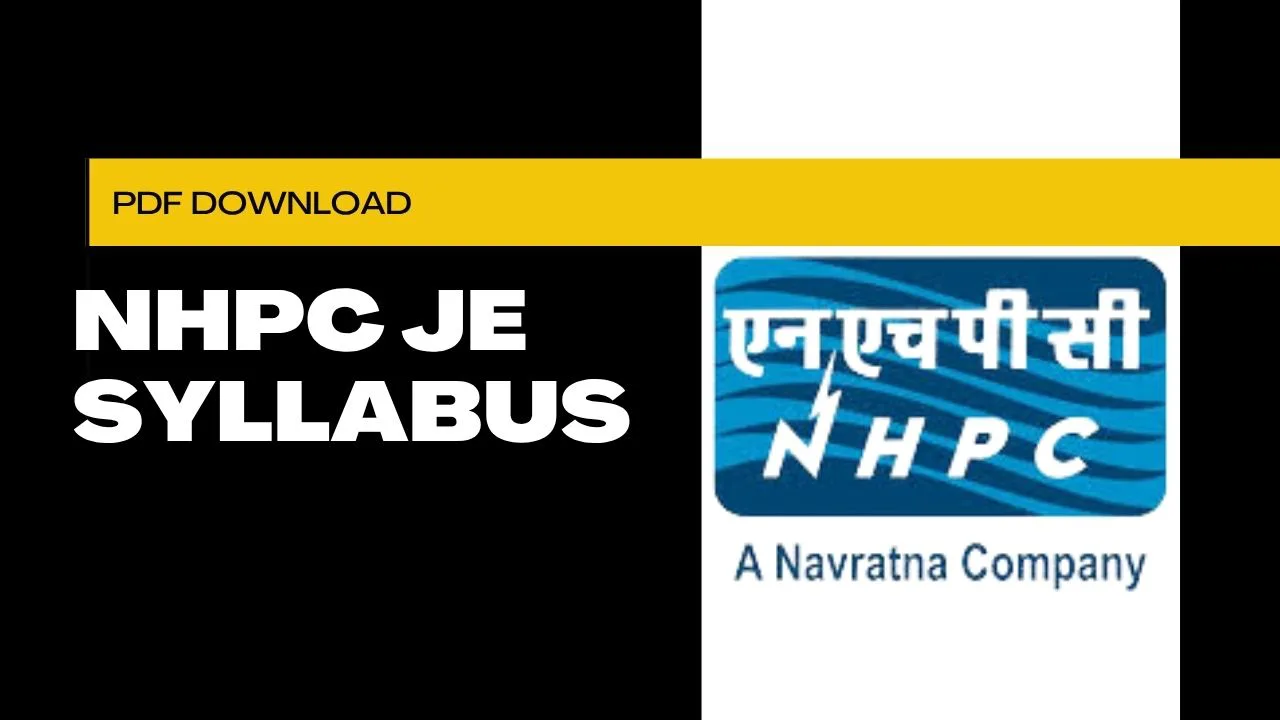RITES Engineer Syllabus 2023 RITES Electrical Engineer Exam Pattern 2023 Download Syllabus PDF for RITES Mechanical Engineer 2023 RITES Engineer Selection Process 2023 RITES Engineer Minimum Qualifying Marks 2023 How to Prepare for RITES Engineer 2023
RITES Electrical & Engineer (Mech) Syllabus 2023: Download Free PDF here!
So, candidates who are searching for the RITES Ltd Syllabus 2023 can collect the full PDF on this page. RITES Ltd Engineer Syllabus plays a prominent role in any exam preparation. Without having RITES Ltd Engineer syllabus and Exam pattern nobody can know which subjects to prepare for the examination. You can check all details of RITES Ltd Syllabus here.
RITES Electrical & Engineer Syllabus 2023: Overview
| Origination Name | Rail India Technical and Economic Service Limited |
| Name of Post | Engineer (Mechanical) & Electrical |
| No. of Vacancy | 54 Posts |
| Selection Process | Written Test and Interview |
| Exam Date | To be notified later |
| Category | Syllabus |
| Official Website | www.rites.com |
RITES Engineer Selection Process 2023
- Written Examination
- Interview
RITES Engineer Exam Pattern 2023
Duration : 120 Minutes
Negative Marking : 0.25
| S.No | Subject | No.of Question | Marks |
| 1 | English Language | 20 | 20 |
| 2 | Reasoning | 20 | 20 |
| 3 | Quantitative Aptitude | 20 | 20 |
| 4 | General Knowledge | 20 | 20 |
| 5 | Professional Knowledge | 20 | 20 |
| Total | 100 | 100 |
Download RITES Engineer Syllabus 2023 Subject Wise
Here we are providing the RITES Engineer Syllabus 2023 in a very detailed manner. Candidates who applied for the Engineer Posts are able to Download the RITES Engineer Syllabus 2023. The RITES Engineer Syllabus 2023 plays a very vital role. Also Download RITES Engineer Syllabus 2023 Subject Wise from here. Candidates by seeing this RITES Engineer Syllabus 2023 can improve your communication skills. So go through with this link and get easy access.
For VC No 71/23 Electrical
Unit-1 Electric Circuits and Fields:
Network graph, KCL, KVL, node and mesh analysis, transient response of Ac and Dc networks, sinusoidal steady- state analysis, resonance, basic filter concept, ideal current and voltage sources, Thevenin’s Norton’s and Superposition and Maximum Power Transfer theorems, two-port networks, three phase circuits, Gauss Theorem, electric field and potential due to point, line, plane and spherical charge distributions, Ampere’s and Biot-Savart’s laws, inductance, dielectrics, capacitance.
Unit-2 Signals and Systems:
Representation of continuous and discrete-time signals, shifting and scaling operation, linear, time-invariant and causal systems, Fourier series representation of continuous periodic signals, sampling theorem, Fourier, Laplace and Z transforms.
Unit-3 Electrical Machines:
Single phase transformer – equivalent circuit, phasor diagram, tests, regulation and efficiency, three phase transformers – connections, parallel operation, auto-transformer, energy conversion principles; DC machines – types, windings, generator characteristics, armature reaction and commutation, starting and speed control of motors, three phase induction motors – principles, types performance characteristics, starting and speed control, single phase induction motors, synchronous machines – performance, regulation and parallel operation of generators, motor starting characteristics and applications; servo and stepper motors.
Unit-4 Power Systems:
Basic power generation concepts; transmission line models and performance, cable performance, insulation, corona and radio interference, distribution systems, per–unit quantities, bus impedance and admittance matrices, load flow, voltage control, power factor correction, economic operation, symmetrical components, fault analysis, principles of over-current, differential and distance protection, solid state relays and digital protection, circuit breakers, system stability concepts, swing curves and equal area criterion, HVDC transmission and FACTS concepts.
Unit-5 Control Systems:
Principles of feedback, transfer function, block diagrams; steady-state errors, Routh and Niquist techniques, Bode plots, root loci, lag, lead and lead-lag compensation, state space model, state transition matrix, controllability and observability.
Unit-6 Electrical and Electronic Measurements:
Bridges and potentiometers, PMMC, moving iron, dynamometer and induction type instruments, measurement of voltage, current, power, energy and power factor, instrument transformers, digital voltmeters and multimeters, phase, time and frequency measurement, Q-meters, oscilloscopes, potentiometric recorders, error analysis.
Unit-7 Analog and Digital Electronics:
Characteristics of diodes, BJT, FET, amplifiers – biasing, equivalent circuit and frequency response, oscillators and feedback amplifiers, operational amplifiers – characteristics and applications, simple active filters, VCOs and timers, combinational and sequential logic circuits, multiplexer, Schmitt trigger, multi-vibrators, sample and hold circuits, A/D and D/A converters, 8-bit microprocessor basics, architecture, programming and interfacing.
Unit-8 Power Electronics and Drives:
Semiconductor power diodes, transistors, thyristors, triacs, GTOs, MOSFETs and IGBTs – static characteristics and principles of operation, triggering circuits, phase control rectifiers, bridge converters – fully controlled and half controlled, principles of choppers and inverters, basis concepts of adjustable speed Dc and Ac drives.
Unit-9 Application/utilization of Electrical Energy
Properties of Electrical System: Characteristics/properties of electrical systems/equipment/devices used in institutional building/commercial complexes/residential complexes/workshops/engineering industry etc. including General Electrification, Area Lighting, Sub-Station, DG Set, Solar system, Air-conditioning, Lifts, fire Alarm, Data Networking, EPBX, CCTV, PA System, Airport Runway lighting works etc.
Planning & Design of Electrical Works – Internal & External Works. Estimation, installation, testing and commissioning of such works.
Inspection and testing of electrical equipment, components, fittings, types of tests, sampling of components, test methods for different electrical equipment, components, cables, wires, insulators etc.
FICO
SAP FI – Organization Structure, Financial Accounting Global Settings, General Ledger, Accounts Payable, Accounts Receivable, Bank Accounting, Asset Accounting, Profit Center Accounting, Controlling, Cost Element Accounting, Cost Centre Accounting, Internal Order Accounting, Profitability Analysis.
For VC No 72/23 Engineer (Mechanical)
Applied Mechanics and Design
Engineering Mechanics: Free-body diagrams and equilibrium; trusses and frames; virtual work; kinematics and dynamics of particles and of rigid bodies in plane motion; impulse and momentum (linear and angular) and energy formulations, collisions.
Mechanics of Materials: Stress and strain, elastic constants, Poisson’s ratio; Mohr’s circle for plane stress and plane strain; thin cylinders; shear force and bending moment diagrams; bending and shear stresses; deflection of beams; torsion of circular shafts; Euler’s theory of columns; energy methods; thermal stresses; strain gauges and rosettes; testing of materials with universal testing machine; testing of hardness and impact strength.
Theory of Machines: Displacement, velocity and acceleration analysis of plane mechanisms; dynamic analysis of linkages; cams; gears and gear trains; flywheels and governors; balancing of reciprocating and rotating masses; gyroscope.
Vibrations: Free and forced vibration of single degree of freedom systems, effect of damping; vibration isolation; resonance; critical speeds of shafts.
Machine Design: Design for static and dynamic loading; failure theories; fatigue strength and the S-N diagram; principles of the design of machine elements such as bolted, riveted and welded joints; shafts, gears, rolling and sliding contact bearings, brakes and clutches, springs.
Fluid Mechanics and Thermal Sciences
Fluid Mechanics: Fluid properties; fluid statics, manometry, buoyancy, forces on submerged bodies, stability of floating bodies; control-volume analysis of mass, momentum and energy; fluid acceleration; differential equations of continuity and momentum; Bernoulli’s equation; dimensional analysis; viscous flow of incompressible fluids, boundary layer, elementary turbulent flow, flow through pipes, head losses in pipes, bends and fittings.
Heat-Transfer: Modes of heat transfer; one dimensional heat conduction, resistance concept and electrical analogy, heat transfer through fins; unsteady heat conduction, lumped parameter system, Heisler’s charts; thermal boundary layer, dimensionless parameters in free and forced convective heat transfer, heat transfer correlations for flow over flat plates and through pipes, effect of turbulence; heat exchanger performance, LMTD and NTU methods; radiative heat transfer, Stefan-Boltzmann law, Wien’s displacement law, black and grey surfaces, view factors, radiation network analysis.
Thermodynamics: Thermodynamic systems and processes; properties of pure substances, behaviour of ideal and real gases; zeroth and first laws of thermodynamics, calculation of work and heat in various processes; second law of thermodynamics; thermodynamic property charts and tables, availability and irreversibility; thermodynamic relations.
Applications: Power Engineering: Air and gas compressors; vapour and gas power cycles, concepts of regeneration and reheat. I.C. Engines: Air-standard Otto, Diesel and dual cycles. Refrigeration and air- conditioning: Vapour and gas refrigeration and heat pump cycles; properties of moist air, psychrometric chart, basic psychrometric processes. Turbomachinery: Impulse and reaction principles, velocity diagrams, Pelton-wheel, Francis and Kaplan turbines.
Materials, Manufacturing and Industrial Engineering
Engineering Materials: Structure and properties of engineering materials, phase diagrams, heat treatment, stress-strain diagrams for engineering materials.
Elasticity, plasticity, fracture and fracture toughness, fatigue, solid solutions, equilibrium diagram, thermal treatment, isothermal transformation of austenite, TTT and CCT diagrams Cooling, curves, austempering, martempering, factors affecting hardenability, function of allying elements in steel (ferrite former, austenite former, carbide former, stabilizer)
Casting, Forming and Joining Processes: Different types of castings, design of patterns, moulds and cores; solidification and cooling; riser and gating design. Plastic deformation and yield criteria; fundamentals of hot and cold working processes; load estimation for bulk (forging, rolling, extrusion, drawing) and sheet (shearing, deep drawing, bending) metal forming processes; principles of powder metallurgy. Principles of welding, brazing, soldering and adhesive bonding.
Machining and Machine Tool Operations: Mechanics of machining; basic machine tools; single and multi- point cutting tools, tool geometry and materials, tool life and wear; economics of machining; principles of non-traditional machining processes; principles of work holding, design of jigs and fixtures.
Metrology and Inspection: Limits, fits and tolerances; linear and angular measurements; comparators; gauge design; interferometry; form and finish measurement; alignment and testing methods; tolerance analysis in manufacturing and assembly.
Computer Integrated Manufacturing: Basic concepts of CAD/CAM and their integration tools.
Production Planning and Control: Forecasting models, aggregate production planning, scheduling, materials requirement planning.
Inventory Control: Deterministic models; safety stock inventory control systems.
Operations Research: Linear programming, simplex method, transportation, assignment, network flow models, simple queuing models, PERT and CPM.
Manufacturing Processes
Metal casting – patterns and moulds including mould design involving feeding, gating and risering, melting, casting practices in sand casting, permanent mould casting, investment casting and shell moulding, casting defects and repair; Hot, warm and cold working of metals; Metal forming – fundamentals of metal forming processes of rolling, forging, extrusion, wire drawing and sheet metal forming, defects in forming; Metal joining – soldering, brazing and welding, common welding processes of shielded metal arc welding, gas metal arc welding, gas tungsten arc welding and submerged arc welding; Welding metallurgy, problems associated with welding of steels and aluminium alloys, defects in welded joints; Powder metallurgy – production of powders, compaction and sintering; NDT using dye-penetrant, ultrasonic, radiography, eddy current, acoustic emission and magnetic particle methods.
Testing of material:
Nondestructive testing: Ultrasonic testing, radiography, magnetic particle testing, eddy current testing, dye penetration testing.
Physical testing: Tensile test, % elongation, % reduction in area, hardness (Brinell, Rockwell, Vickers), impact test (Izod, Charpy), bend test, shear test, fatigue test, creep test.
Chemical testing : ferrous and nonferrous metals
Metallography; micro and macro examination Testing of paints, rubber, textiles, wood, and plastics.
Material Science
Thermal, chemical, electrical, magnetic and mechanical properties of material. Structure of metals (arrangement of atoms, crystalline & amorphous structure, crystal imperfections), solid solution, diffusion in metals and alloys, transformation during cooling of metals and alloys, deformation and metal, impact of cold and hot working on metal, corrosion, forms, causes and prevention.
Heat transfer, conduction, convection, radiation and heat exchangers.
Air compressors, types of air compressors, compressors performance. Reciprocatory and rotary air compressors, air receivers, intercoolers and after coolers.
Air conditioning, air conditioning units and plants, air conditioner types, selection of plants.
RITES Electrical & Engineer (Mech) Syllabus 2023 (PDF) Download
Keeping nature of the job and state-specific requirements in mind; exam tests basic understanding of Hindi Language, general awareness, and general knowledge. Emphasis is laid on RITES Ltd-related information. We now break down the RITES Electrical & Engineer (Mech) syllabus into various parts and topics for better understanding. Our analysis is based on previous year’s papers and the official notification by the commission.
Direct Link to Download RITES Engineer Syllabus 2023
Syllabus for Written Test for the post of Engineer (Mechanical)

